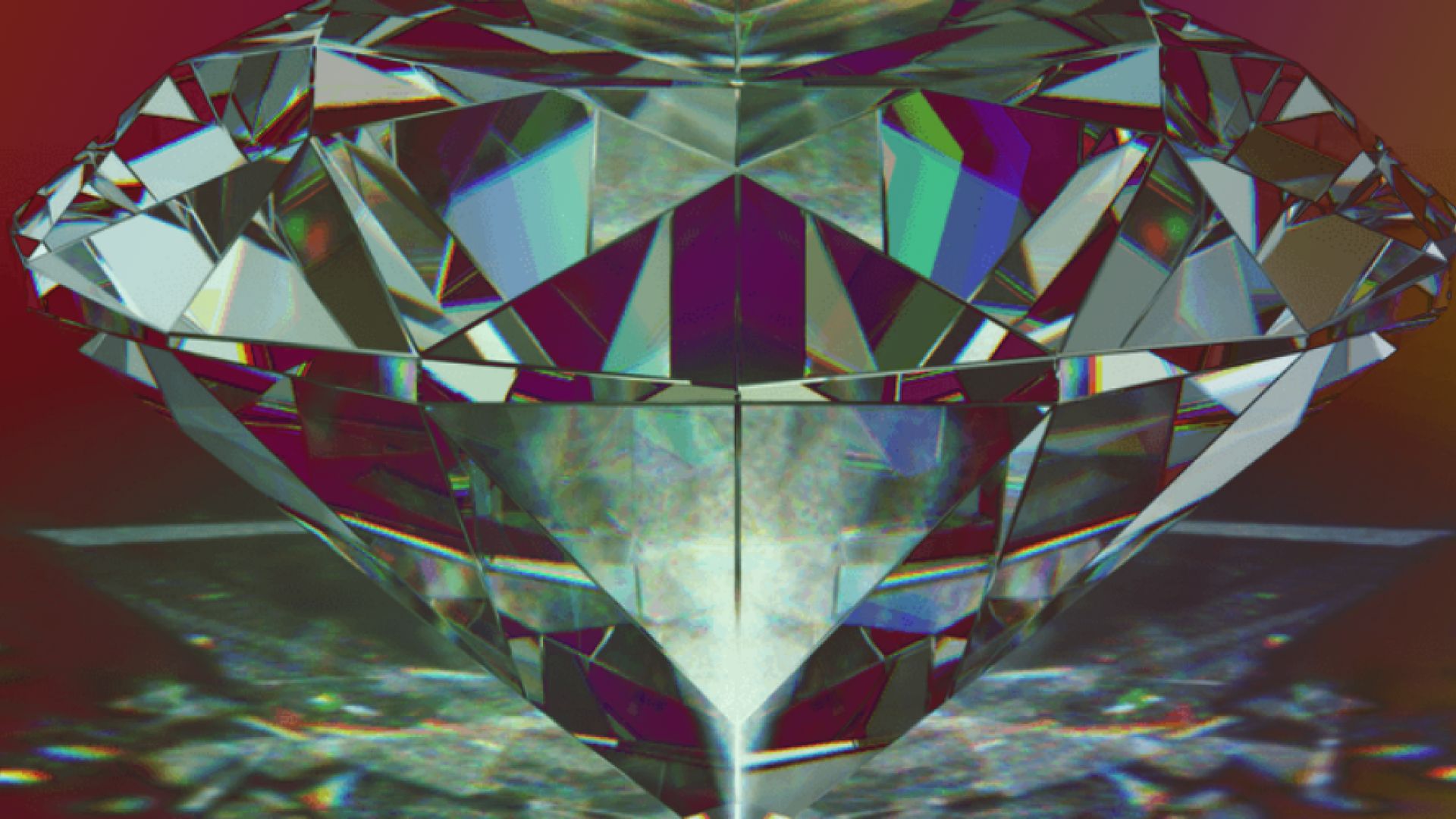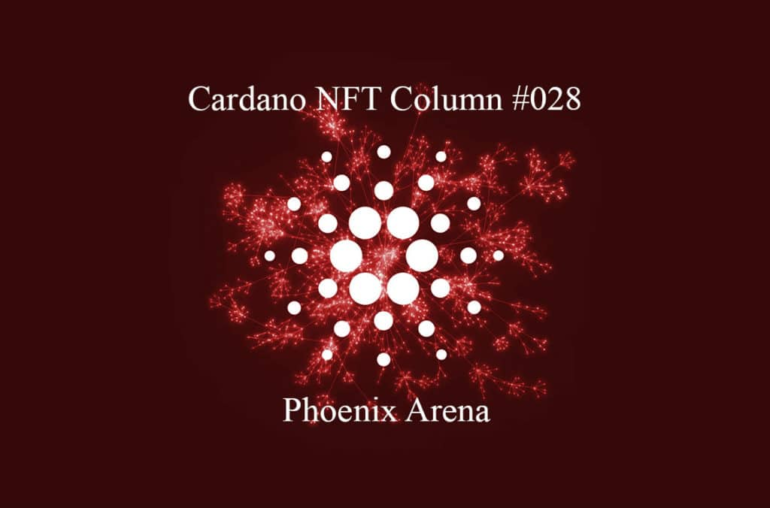Every week we simplify the market into key points so you can stay up to date on market trends, upcoming drops, top project guides and much more!
BY Jex Exmundo
September 12, 2022
If you’re wondering how non-fungible tokens (NFTs) — essentially tokenized JPEGs — have sold for millions of dollars in the past few years, here’s the short answer that most people would give you: It’s because they’re art, and art is inherently valuable.
Really. Many people think it’s as simple as that.
But it’s not that simple. We’ve also seen digital collectibles like NBA Top Shot and PFP NFT projects like CryptoPunks and Bored Ape Yacht Club fetch eye-watering prices on the open market. Neither of the aforementioned can be accurately characterized as art and art alone. So the question remains: What exactly makes an NFT valuable?
Whether it’s art or a digital collectible, one thing will definitely drive up the price of an NFT: Scarcity. What does NFT scarcity have to do with monkey JPEGs?
To answer this question, let’s do a quick round of Economics 101. Stay with me — we’ll keep it simple.
One of the core problems the field of economics hopes to break down and understand is how to efficiently deal with the virtually unlimited wants and desires of humans in a world with finite resources. In simple terms, balancing the forces of supply and demand.
Generally speaking — heavy emphasis on “generally” — the way these forces interact influences a metric that’s ultimately felt by the consumer: price. If the demand is high in a certain market for a specific good in abundant supply, that will result in that good bearing a relatively low price in that particular market.
However, the opposite also holds true. When demand for a specific good far outweighs its supply, it becomes a scarce good, which tends to fetch far higher prices in its respective market.
For a real-world illustration of this concept, let’s look at why fruits are widely regarded as a luxury in Japan. The island nation’s mountainous topography leaves little room for larger-scale agricultural operations. As such, most fruit farms in there are either “family run or operated by small scale businesses,” as mentioned by Paku in a Wa-Shoku report. However, what the Japanese fruit industry may lack in scale, it makes up for in quality. Often, the picture-perfect strawberries, grapes, and watermelon you’d see lining a typical Japanese supermarket aisle are given as gifts “to relatives, business partners and clients, to thank those who took care of you,” Paku said.
Okay. So, what makes NFTs so valuable?
NFTs can be very expensive (or valuable, depending on who you ask) because they somehow managed to do the impossible: introduce scarcity into the global digital market. An NFT isn’t just an overly-expensive way to buy an image — it’s a way to own it.
When you’re buying an NFT, you’re not just buying the image itself. You’re buying a permanent token etched on a blockchain pointing to that specific image, or digital asset. Anything goes, really. Aside from NFT art, NFT music, in-game assets, virtual land, and all sorts of other digital goods are commonly bought and sold on NFT marketplaces.
So how does turning something into an NFT potentially influence its price? Whenever you mint a digital good as an NFT, it effectively allows you to limit its supply, thus “inflating” its price. Although this might sound like an easy way to artificially inflate the price of a digital good, that’s not what NFTs are entirely about.
So, what other things about NFTs make them valuable?
For starters, there’s art. In the fine art world, works by master artists have fetched millions of dollars on the open market. The sheer value of fine art is also similarly hard to grasp to the average Joe or Jane. Take the many works of Mark Rothko that have sold for tens of millions of dollars on the art market. At face value, it might be a bit hard to process why a canvas painted orange, red, and yellow is worth nearly $87 million.
In simple terms, the price is high because it’s the only painting of its kind in existence, and because one of the 20th century’s most brilliant artists created it.
This is why a large majority of the most expensive NFT sales we’ve seen thus far are one-of-one works. Like Rothko’s Orange, red, and yellow, these particular NFTs are the only ones of their kind. In the case of Beeple’s Everydays, which sold for nearly $70 million in 2021, these works are truly unique. Everydays featured 5,000 unique works by Beeple, created over 14 years, wherein the digital artist strived to create a new piece every day.
Sometimes, NFTs fetch high prices due to causes far larger in scope than art or belonging to a collection. NFTs have also been widely used as a means to raise funds, thanks to the built-in security found in blockchain-based transactions.
This can be observed in one of the most expensive NFT sales we’ve seen thus far. In early 2022, AssangeDAO successfully arranged the multi-million dollar purchase of Pak’s Clock NFT, which stands (as of writing) as the second-most expensive NFT sale of all time.
The NFT sold for 16,953 ETH to be exact, which at the time was valued at roughly $52.7 million. Proceeds from the sale hoped to go towards funding WikiLeaks founder Julian Assange’s legal defense. In this particular case, the utility of the NFT — what is was being used for — is what made is so valuable and expensive.
Eventually, NFTs may also provide non-monetary value to internet users worldwide. While limiting the supply of digital goods has helped NFT artists and project leads imbue their virtual wares with scarcity, the blockchain may also play a role in ensuring these items remain available indefinitely.
Traditionally, digital goods were virtually unlimited in supply. Digital copies of games, books, music, and movies can theoretically be purchased an infinite number of times. You’ll never see digital goods go out of stock — but they will, at one point, cease to be sold. When digital marketplaces get shut down, it becomes impossible to acquire certain digital-only items.
Case in point, let’s look at Nintendo.
The company has held a notoriously negative stance towards piracy and emulation, and it aims to erase every single site that hosts games the Japanese gaming giant doesn’t sell any more from existence. Unfortunately, this has made it exceedingly difficult to preserve the company’s myriad games and prevent them from getting lost in time.
With NFTs, so long as a blockchain exists, so too will all the assets stored on it. As blockchain technology continues to grow and evolve, so will the types of NFTs we’ll see moving forward. Maybe one day, you’ll be able to own the digital masters of your favorite film — not on the cheap, of course.


